Share




There is no doubt that eating three to five servings of fruits and vegetables daily will improve your health. However, more and more experts are saying healthy eating is not only about how many servings of fruits and vegetables you eat, but also about how many colors you consume!
However, shouldn’t we be talking about vitamins and minerals? What does color have to do with anything? The answer is in the “Phytochemicals”.
Phytochemicalsare the chemical compounds that help give plants their colors, smells, taste and other organoleptic—aka sense engaging—properties, such as the deep blue hue of blueberries and the pungent smell of garlic. As it turns out, they do much more than that; they are, in fact, manufactured by plants in order to protect themselves from the damage caused by sources, such as pests and ultra-violet radiation.
Now, experts are saying that, by consuming them, they also provide us with the same protection they give plants. Research has shown that these unique compounds can produce a wide variety of healthful effects, touching all of the body’s major systems; they can sustain energy, maintain good health, reduce the risk of disease, and support growth and development.
Though not technically classified as nutrients, phytochemicals are now believed to be extremely beneficial, most importantly for their properties associated with disease prevention and treatment, particularly those relating to cancer, diabetes, cardiovascular disease, and hypertension.
It is easy to identify phytochemicals as they are responsible for the plants’ distinctive colors; the highest concentrations of different phytochemicals can be detected just by looking at a plant’s color and shade. They are also as diverse as the colors they produce, with more than 1000 different types identified, each with a corresponding health benefit, as no one color group does it all. Instead, they complement each other and work together, as well as with vitamins and minerals, naturally and in ways that supplements cannot reproduce.
The Nutritional Rainbow
Deep Oranges and Bright Yellows
Carrots, along with sweet potatoes, pumpkins, cantaloupe, mangoes, and peaches, all contain beta-carotene; a common phytochemical within a group of over 600 called carotenoids. In the body, beta-carotene is converted into vitamin A, which has many vital functions, including the growth and repair of body tissues, the formation of bones and teeth, the resistance of the body to infection, and of course, the development of healthy eye tissues—hence the saying.
Citrus fruits, such as oranges, grapefruits, and tangerines, on the other hand, contain bioflavonoids; a group of phytochemicals that work together with vitamin C to help reduce the risk of cancer, strengthen bones and teeth, help heal wounds, keep skin healthy, and lower the risk of heart attack.
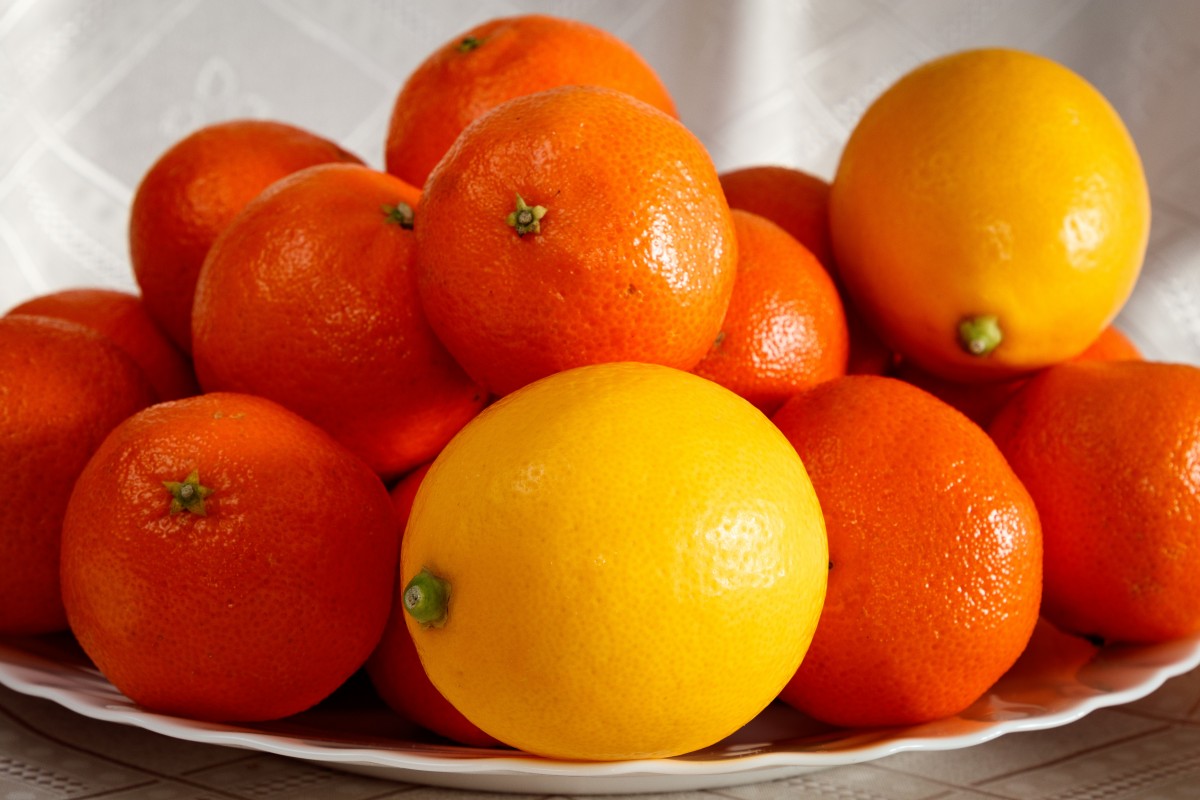
Deep Greens
Leafy vegetables, such as spinach, Romaine lettuce, collard greens, kale, and broccoli contain lutein photochemical; a powerful antioxidant that helps reduce the risk of cataracts and macular degeneration, both common eye diseases. Green peas, honeydew melon, kiwi, and avocado are also excellent sources of lutein.
Cruciferous vegetables, such as broccoli, cauliflower, cabbage, and Brussels sprouts all contain indoles, which help protect against breast cancer in women and prostate cancer in men. In a recent study, men who ate cruciferous vegetables at least three times a week had a 42% reduction in their risk of prostate cancer.
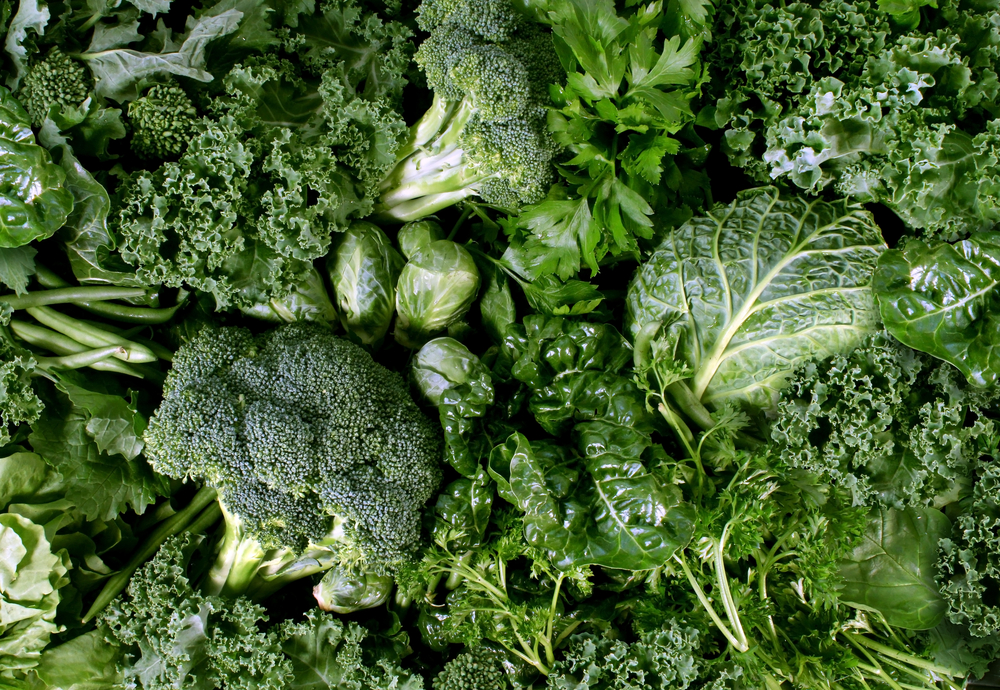
Deep Reds and Bright Pinks
Watermelons, pink grapefruits, and tomatoes are all good sources of lycopene; one of the 600 carotenoids that greatly benefit the heart and circulatory system by helping build healthy cell walls. This improves blood pressure, organ function, and circulation. Tomato-based products, such as tomato sauce, tomato soup, and tomato juice have the most concentrated source of lycopene.
Moreover, the vibrant, red betacyanins phytochemicals found in beets are natural antioxidants and are thought to fight heart disease and cancer, and improve the health by combating free radicals in the body.
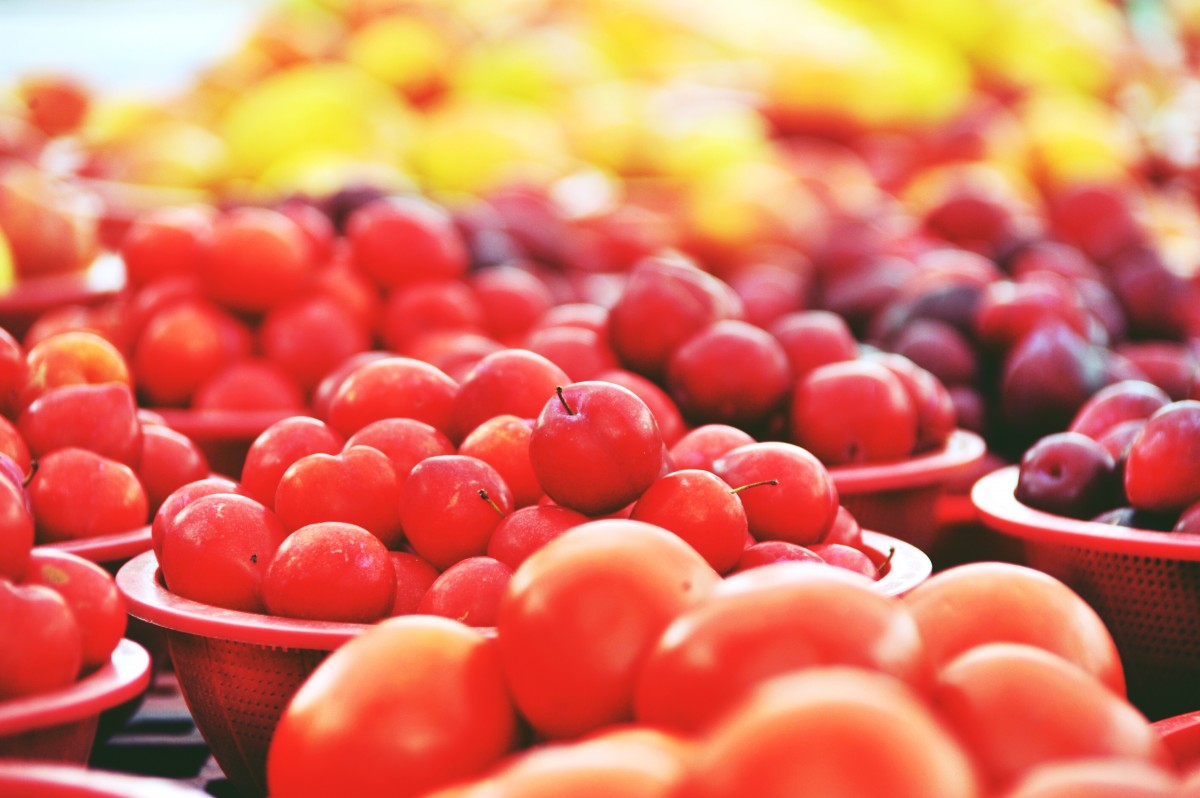
Blues and Purples
Want to stay young? Eat your blues! Blueberries, blackberries, grapes, plums, raisins, and eggplant contain the disease-fighting phytochemicals anthocyanine and polyphenols. These powerful antioxidants help reduce the risk of several diseases including cancer, heart disease, and Alzheimer’s; they may even slow down aging. Research suggests that eating blueberries, in particular, may prevent some of the effects of aging by improving cell communication in the central nervous system.
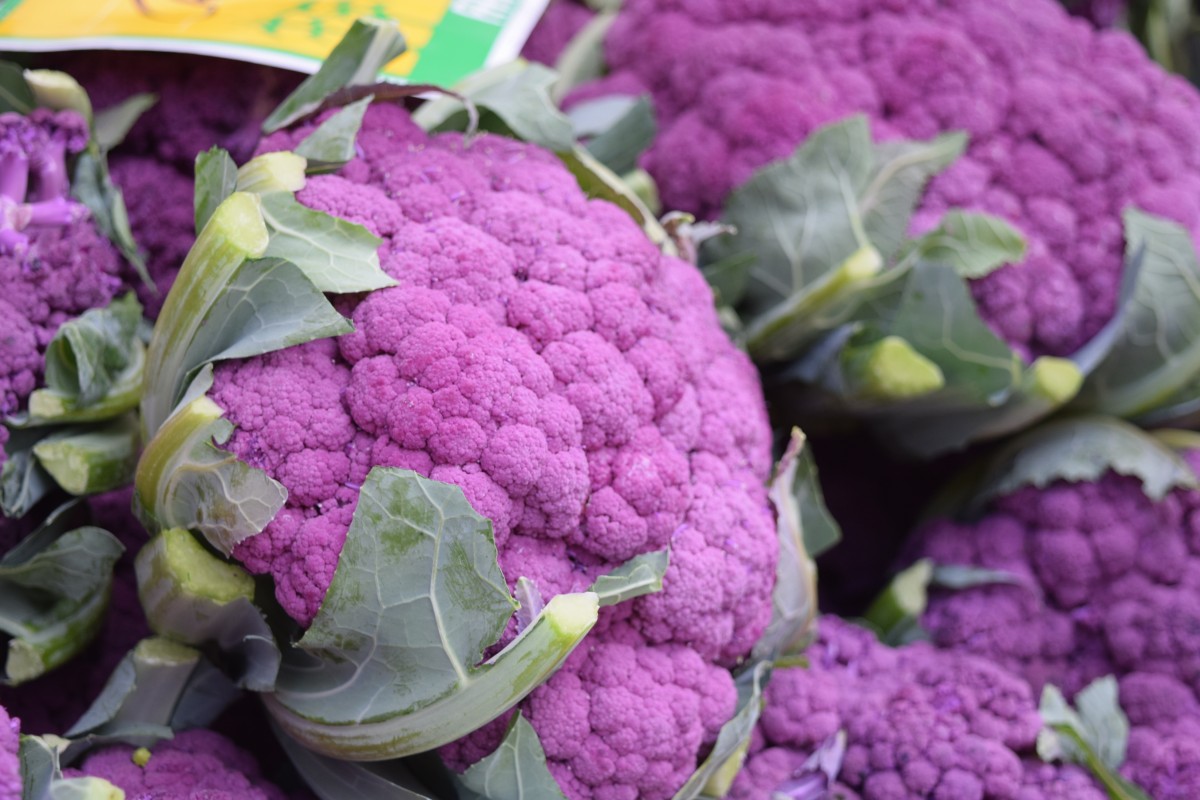
Whites
Garlic, onions, and leeks may be lacking color, yet they are bursting with powerful phytochemicals, including allicin; the most common phytochemical in this group. Research has shown that eating allicin containing garlic and onions every day lowers cholesterol and blood pressure, and increases the body’s ability to fight infections. Nutrition research also shows that eating vegetables from the onion family may speed recovery from colds, reduce the risk of heart attacks, and even stop the spread of certain cancers, particularly stomach and colon cancer.
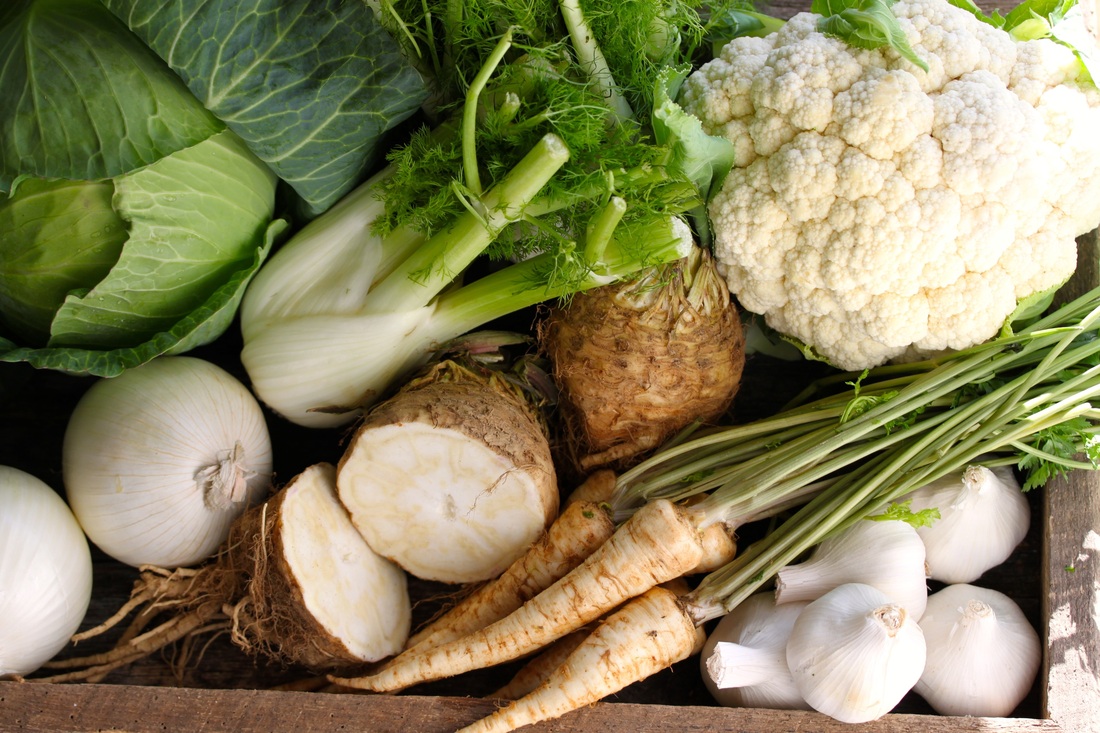
References
forecast.diabetes.org
folio-one.com